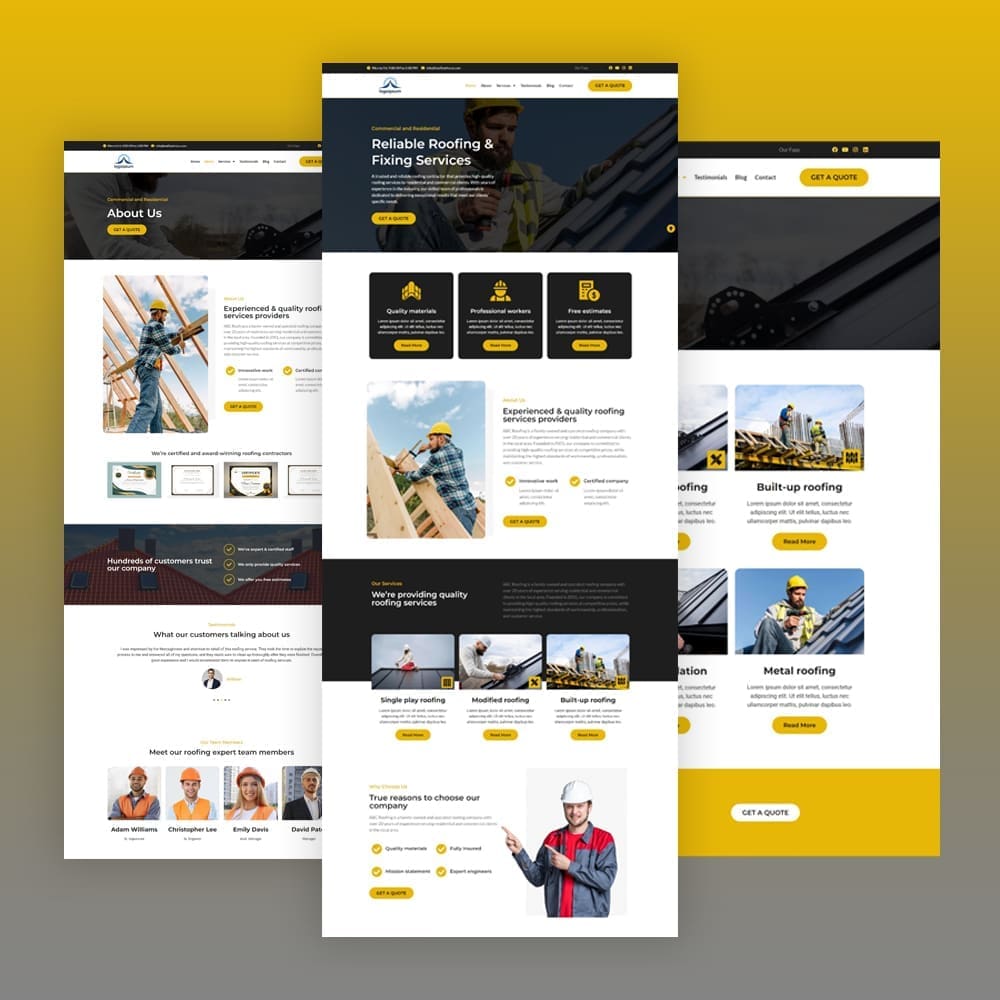Crafting User-Centric Experiences
In today’s digital age, a website’s design speaks volumes about a brand’s identity and commitment to its audience. Modern website design goes beyond aesthetics; it’s about creating immersive experiences that captivate visitors from the moment they land on your site. The key? A user-centric approach that seamlessly blends form and function.
The First Impression Matters
In a world where attention spans are shorter than ever, first impressions are non-negotiable. Your website’s homepage is the virtual storefront that can make or break user engagement. Modern design elements like bold typography, minimalistic layouts, and strategic whitespace draw users’ eyes to what matters most. Think of it as a digital handshake—strong, memorable, and leaving a lasting impact.
Visual Storytelling through Imagery
Visual storytelling is at the heart of modern web design. High-quality, relevant imagery can convey your brand’s narrative more effectively than words alone. Engaging visuals—whether they’re hero banners, product shots, or behind-the-scenes snapshots—immerse users in your world and evoke emotions that resonate.
Navigating with Intuition
Smooth navigation is the backbone of a user-friendly experience. Intuitive menus, strategically placed calls to action, and a coherent hierarchy guide users seamlessly through your website. Responsive design ensures that the experience remains consistent across devices, adapting to different screen sizes while maintaining functionality and aesthetics.
Embracing Minimalism
Less is more in the realm of modern web design. Minimalism removes clutter and distractions, enabling users to focus on the core message. Clean layouts, ample whitespace, and purposeful typography contribute to a sleek and sophisticated look that’s easy on the eyes and even easier to navigate.
Speed and Performance
Modern users demand instant gratification. A slow-loading website is a turn-off, but optimized performance keeps users engaged. Compressed images, efficient coding, and leveraging content delivery networks (CDNs) ensure that your website loads swiftly and delivers an uninterrupted experience.
Personalization and Interactivity
Personalization is the future of web design. Tailoring content to users’ preferences enhances engagement and connection. Interactive elements such as quizzes, polls, and personalized recommendations transform passive browsing into active participation, fostering a sense of involvement and community.
Mobile-First Mindset
In an increasingly mobile world, designing for smartphones and tablets is not an afterthought—it’s a priority. Mobile-first design involves creating a user experience that’s optimized for smaller screens, ensuring that visitors on any device have an enjoyable and seamless interaction.
Accessibility for All
Modern website design embraces inclusivity. Accessibility features, like alt text for images and adaptable font sizes, cater to users with varying needs, ensuring that everyone can access your content easily and comfortably.
The Future Beckons
In the ever-evolving landscape of modern web design, staying ahead is a constant endeavor. As technology advances and user behaviors shift, design trends will continue to evolve. What remains constant, however, is the commitment to creating immersive, intuitive, and memorable experiences that resonate with users across the digital spectrum.
Conclusion: Shaping the Digital Experience
In the dynamic world of modern website design, aesthetics and functionality unite to shape the digital experience. By focusing on user needs, embracing trends, and utilizing innovative technologies, brands can craft websites that not only look stunning but also leave a profound impact. As you embark on your design journey, remember that every pixel is an opportunity to engage, inspire, and create connections that transcend the virtual realm.



